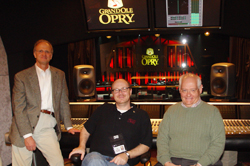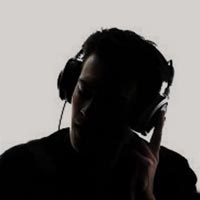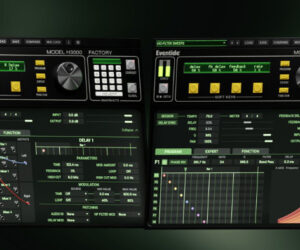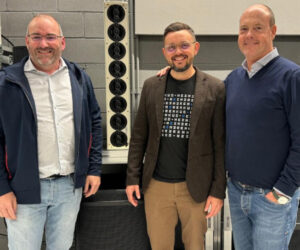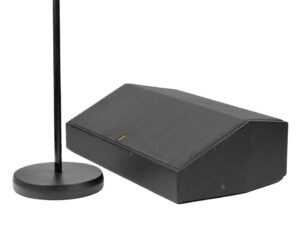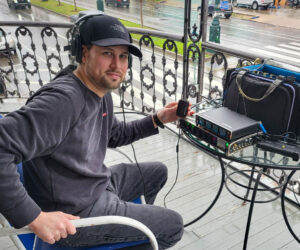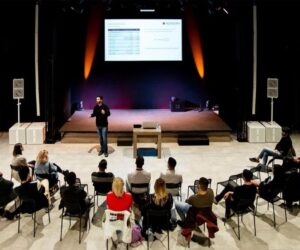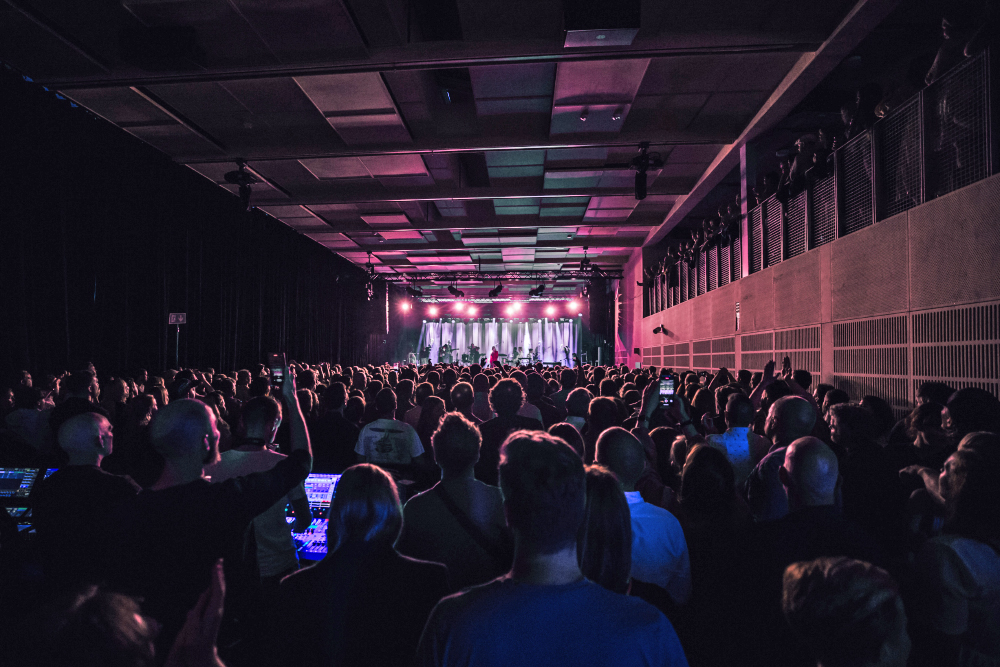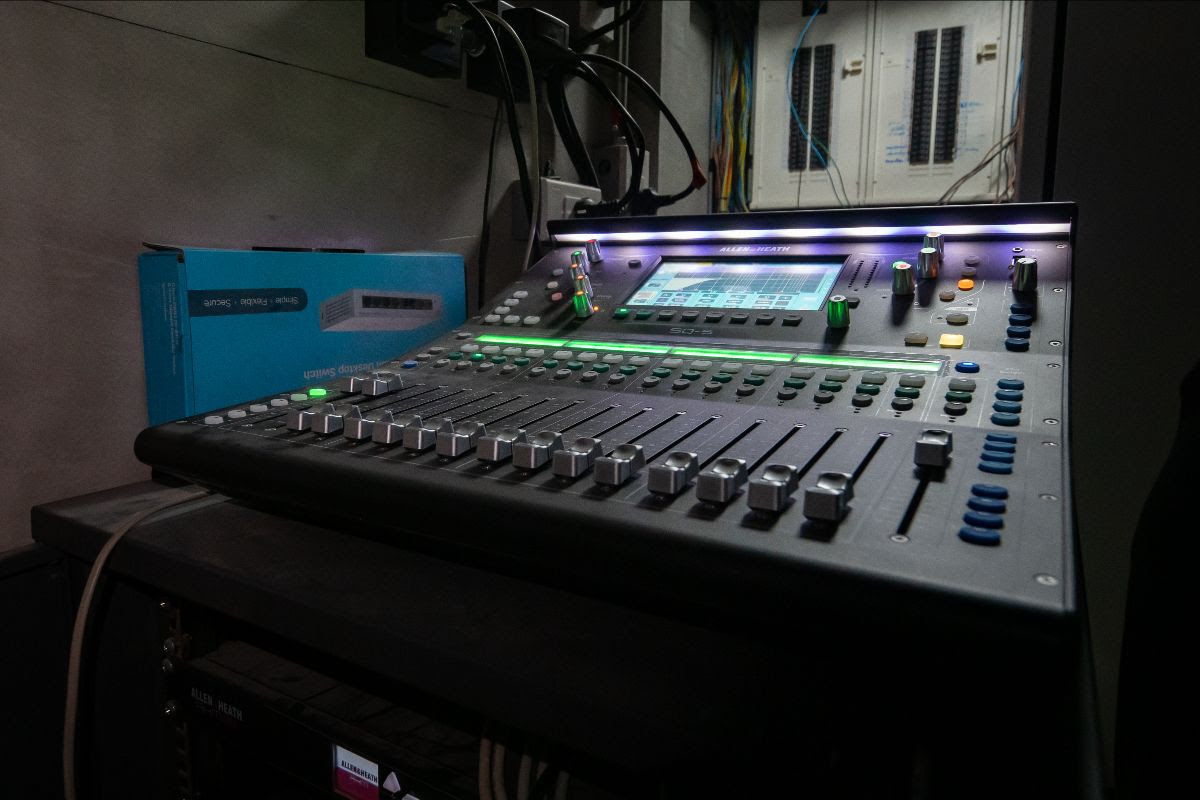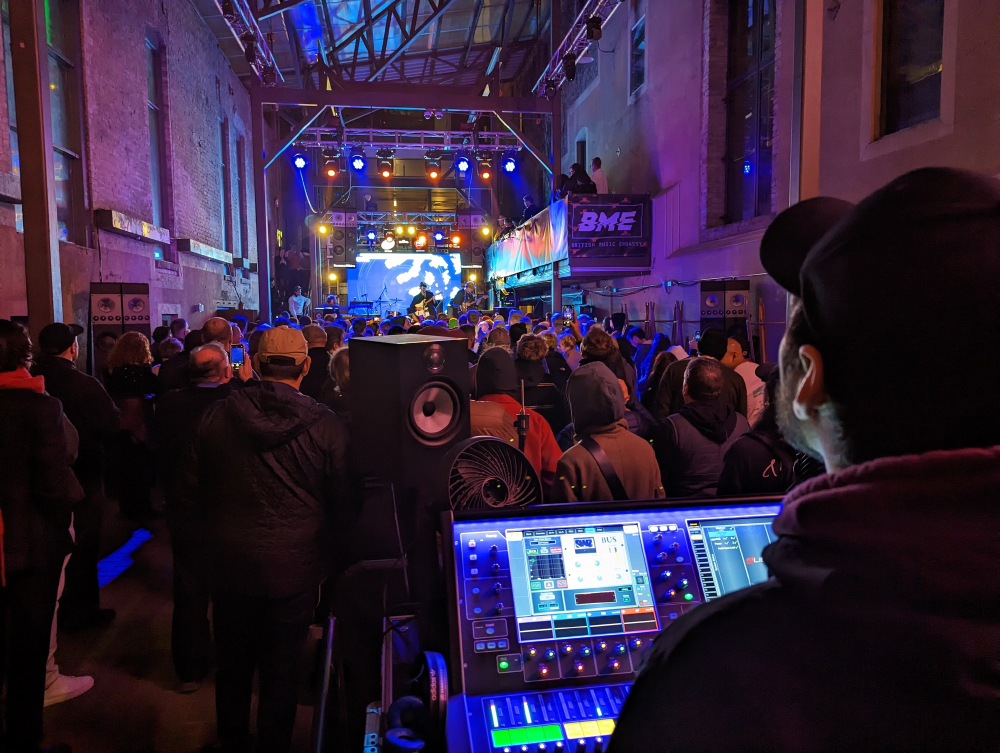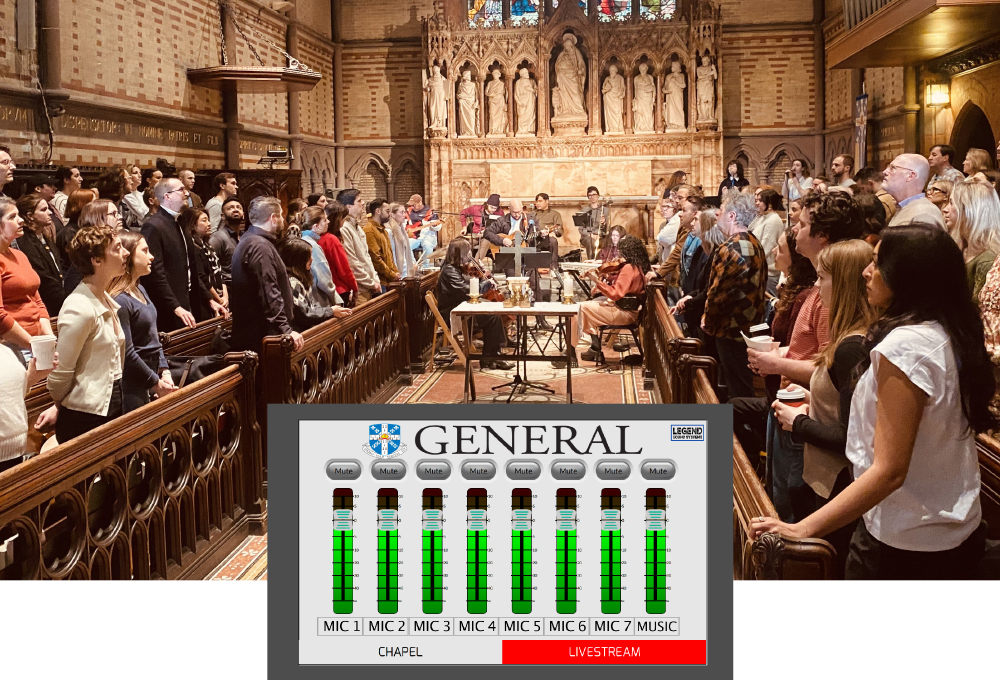Recently, the legendary Nashville venue the Grand Ole Opry House upgraded its control room sound with the installation of a PhantomFocus System from Carl Tatz Design (CTD).
Grand Ole Opry Head of Music Operations Steve Gibson contacted CTD to correct a control room window resonance problem that they were experiencing, and Gibson requested the implementation of a PhantomFocus System using their existing Genelec 8050A monitors.
“The thing that is the most fun for me is how the center ‘channel’ feels like a physical presence; as well, I know that our mixes are translating much better out of the building than they ever have.”
“We’ve got two systems and we love listening to them both!” noted King Williams, Chief Broadcast Engineer, Grand Ole Opry and the Ryman Auditorium.
“The project went extremely well and I have received several phone calls out of the blue from some GRAMMY-winning engineers commenting on how smooth and accurate the monitors now sound,” says Tatz.
Once the basic acoustic treatment has been accomplished, Carl Tatz Design’s proprietary PhantomFocus Monitor System offers clients a unique opportunity to have a world-class monitoring experience despite the quality of their room.
The PhantomFocus System allows their monitors of choice to perform accurately at a full 20Hz-to-20KHz frequency response with pinpoint imaging in an almost holographic sweet spot — this enables their mixes to travel anywhere with a new level of sonic accuracy.
There are approximately fifty steps in the proprietary PhantomFocus System implementation protocol, some of which may include phase and laser alignment, damping, isolation mounts, careful assessment of engineer/speaker placement relative to their room’s primary axial modes, proprietary speaker distance and angle, crossover points for pass filtering, and finally parametric equalization.
Hardware can include monitor stands, concrete, sorbothane and other isolation materials, custom floating plenum mounts, subwoofer system, custom crossover, parametric equalizers and the monitors themselves (passive or active). The evaluation and implementation is a full two-day process and can be applied to near-fields, mid-fields, and large soffit mounted monitors, regardless of manufacturer.


